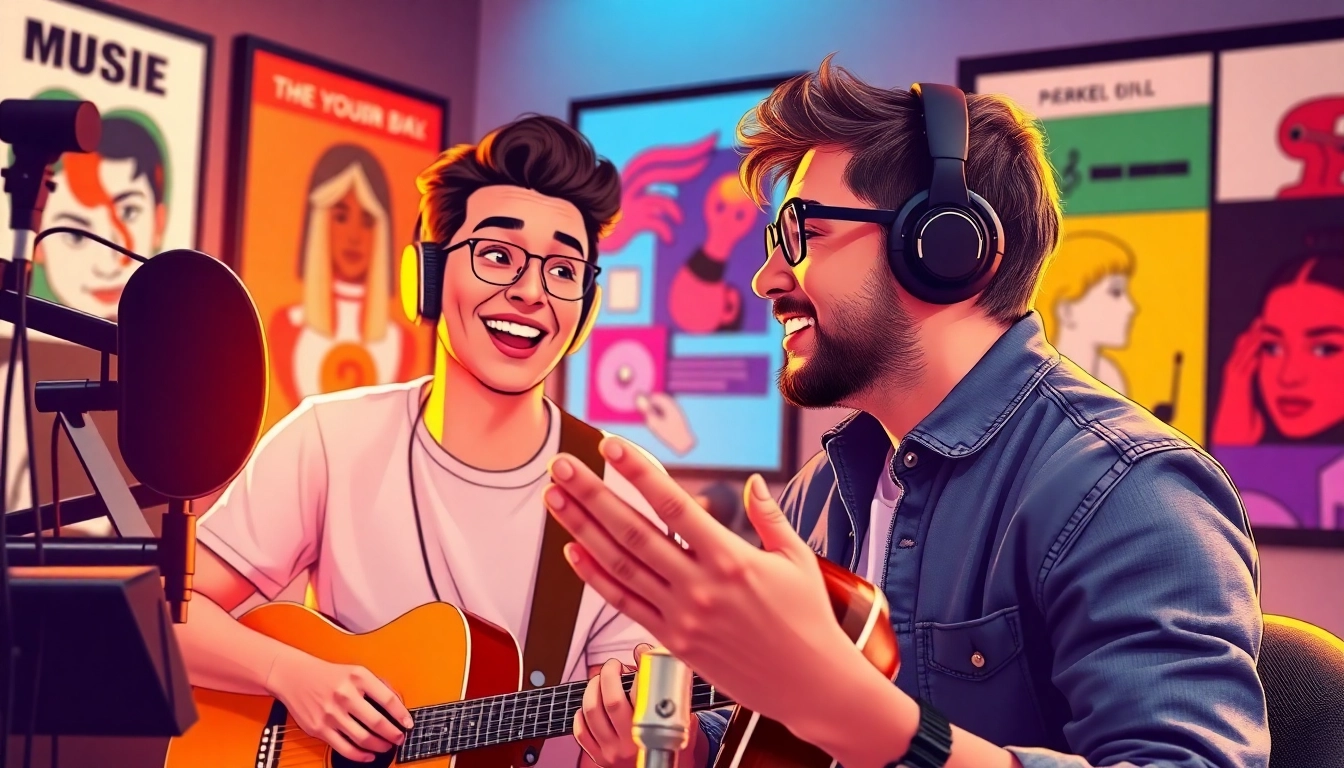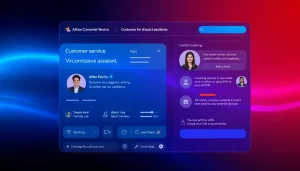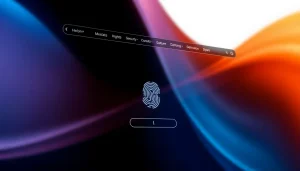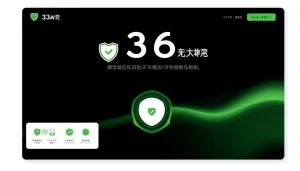Strategies for Effective Music Pitching: Maximize Your Reach and Impact
Understanding Music Pitching
Music pitching is a crucial skill for artists seeking to elevate their careers in a competitive industry. By effectively communicating their music to the right audiences, artists can secure placements on playlists, blogs, and radio stations, thus enhancing their visibility and maximizing engagement. Music pitching is not merely about the music; it involves strategic presentation and understanding industry dynamics.
What Is Music Pitching?
At its core, music pitching is the act of presenting a song or an album to an influential entity—be it a playlist curators, music blog, or radio station. The objective is to get the music heard, enjoyed, and hopefully accepted for promotion or inclusion in various platforms that amplify reach. Unlike the musical pitch, which refers to the frequency of a sound, this form of pitching is akin to a sales pitch aimed at garnering interest in a musical work.
The Importance of Music Pitching for Artists
In today’s digital landscape, where hundreds of thousands of new tracks are released every day, effective music pitching has never been more important. Engaging with the right audiences can make or break an artist’s trajectory. Here are several reasons why music pitching matters:
- Visibility: Getting featured on popular playlists or websites significantly increases the exposure of an artist’s work, attracting new fans.
- Networking: Pitching can create opportunities to build relationships with industry professionals, including curators, producers, and influencers.
- Revenue Opportunities: More plays lead to increased streams, which can translate into more income via royalties.
- Feedback Mechanism: The pitches can serve as a mechanism for artists to gauge which songs resonate with audiences, allowing for better strategic planning in future releases.
Common Misconceptions About Music Pitching
Despite its importance, numerous misconceptions surround the practice of music pitching. Debunking these myths can empower artists to approach their pitching efforts with confidence:
- It’s All About Connections: While connections can help, quality music and a well-crafted pitch often outweigh mere familiarity.
- Pitching Is a One-Time Effort: Effective pitching is an ongoing process. Artists should continue to refine their pitches and relationships over time.
- Only Major Labels Can Pitch Successfully: Independent artists have the same opportunities to pitch effectively if they approach it strategically.
Crafting Your Music Pitch
Crafting an exceptional music pitch requires careful consideration of both the content and the delivery. Here are key elements and strategies to help you construct a successful pitch.
Key Elements of a Successful Pitch
A strong pitch should include several vital components:
- Personalization: Tailor your pitch to the recipient. Mention their past work, the kind of music they usually cover, or why your track fits their style.
- Engaging Subject Line: The first impression happens through the subject line. Make it catchy and relevant to encourage opening the email.
- Concise Description: Briefly describe your song, its themes, and any background stories. Keep it compelling but succinct.
- Links to Your Music: Always include links to your song, be it a streaming platform or a downloadable file.
- Social Proof: If you have accolades, notable collaborations, or previous successes, include these to lend credibility to your pitch.
How to Tailor Your Pitch for Various Platforms
Different platforms have varying cultures and expectations. Here’s how to tailor your approach:
- Playlists: Focus on the vibe and mood of your song. Curators often look for music that fits a certain aesthetic or theme.
- Blogs: Provide more context about your song’s narrative. Bloggers appreciate understanding the story behind the music.
- Radio: Highlight live performance experiences, as radio stations often value the artist’s ability to engage live audiences.
Common Mistakes to Avoid When Pitching Music
Even experienced musicians can make mistakes when pitching. Here are some common pitfalls:
- Generic Pitches: Always personalize your pitch. Generic emails can make you seem unprofessional and uninterested.
- Overloading Information: While details are important, too much information can overwhelm the recipient. Focus on key aspects.
- Neglecting Follow-Up: If you don’t receive a response, it’s often appropriate to send a polite follow-up after a week.
- Avoiding Research: Not understanding whom you are pitching can lead to misalignment. Do your homework on the curators or media you contact.
Best Practices for Pitching to Playlists
Pushing your music to playlists is essential, especially on platforms like Spotify. Here are best practices for success:
Researching Spotify and Other Playlists
Identify playlists that align with your musical style. Explore the following strategies:
- Use Spotify’s Tools: Utilize Spotify for Artists to find playlists that have featured similar tracks.
- Curator Lists: Research top playlists in your genre and create a list of potential curators to contact.
Timing Your Music Pitch Effectively
Timing is crucial in music pitching. Various factors can impact the best time to pitch:
- Release Date: Aim to pitch at least one week before your release to leverage excitement and engagement.
- Trends: Keep an eye on trending topics and seasons. Tie your pitch to current events or seasonal interest.
- Curator Schedules: Each curator may have preferred timelines for pitches. Research and respect these schedules whenever possible.
Building Relationships with Playlist Curators
Developing a rapport with playlist curators can significantly improve your chances of placement:
- Engage with Their Content: Show genuine interest in their playlists. Like, share, and comment on their posts.
- Personalized Communication: In future pitches, reference previous interactions to remind them of your relationship.
- Be Gracious: Thank curators for their past support, whether validated or not. Kindness goes a long way in making lasting connections.
Using Social Media for Music Pitching
Social media platforms provide vast opportunities for artists to connect directly with audiences and influencers. Harnessing these platforms effectively can enhance your music pitching efforts.
Creating a Strong Online Presence
Artists should build an authentic and engaging online persona. Here are actionable steps:
- Consistent Branding: Ensure that your social media profiles reflect the same branding, including logos, colors, and themes.
- Regular Updates: Share snippets of your music, behind-the-scenes content, and personal anecdotes to build a connection with fans.
- Engagement: Respond to comments and messages from followers to foster community and loyalty.
Strategies for Engaging with Influencers
Influencer collaborations can propel your music’s visibility. Here’s how to connect:
- Identify Relevant Influencers: Look for influencers in your genre or those who enjoy music similar to yours.
- Propose Collaborations: Reach out with concrete ideas for partnerships that benefit both parties.
- Build Authentic Relationships: Show interest in their work beyond just promotion. This can lead to more fruitful collaborations.
Case Studies: Successful Music Pitches via Social Media
Analyzing successful artists who have utilized social media for pitches can provide valuable insights. Case studies to consider:
- Artist Collaboration: Explore how various TikTok creators collaborated with artists to promote their music through viral challenges.
- Engaging Content: Examine posts that have successfully pulled audiences in—such as teasers, countdowns, and Q&A sessions.
- Direct Engagement: Identify how artists leverage live streams or essential shoutouts to connect directly with fans and curators.
Measuring the Success of Your Music Pitching Efforts
After executing your pitches, it’s time to measure their success. Here’s how to assess and refine your strategies.
Key Metrics to Track Engagement and Reach
Understanding which metrics reflect success can be pivotal:
- Plays and Streams: Track how many streams your song receives on platforms post-pitch to gauge interest.
- Social Media Engagement: Monitor likes, shares, and comments to understand audience interaction.
- New Followers: Assess how many new followers or fans you gain following your pitches.
Adjusting Your Strategy Based on Feedback
The ability to adapt is crucial in pitching:
- Listen to Curators’ Feedback: If a curator provides reasons for not featuring your track, take notes and improve your next pitch.
- A/B Testing: Experiment with different pitches to see which elements resonate the most with curators and audiences alike.
- Iterate Your Approach: Use collected data to refine your pitches continuously, focusing on what has yielded positive responses.
Tools and Resources for Monitoring Pitch Success
There is a wealth of digital tools available to facilitate tracking your music’s reach:
- Analytics Platforms: Use platforms like Spotify for Artists or Soundcloud’s analytics features to keep track of your performance.
- Social Media Analysis Tools: Tools like Hootsuite or Buffer can help you analyze engagement across multiple social media channels.
- Feedback Surveys: Consider using platforms to gather feedback from listeners to better understand their preferences and views.














Post Comment